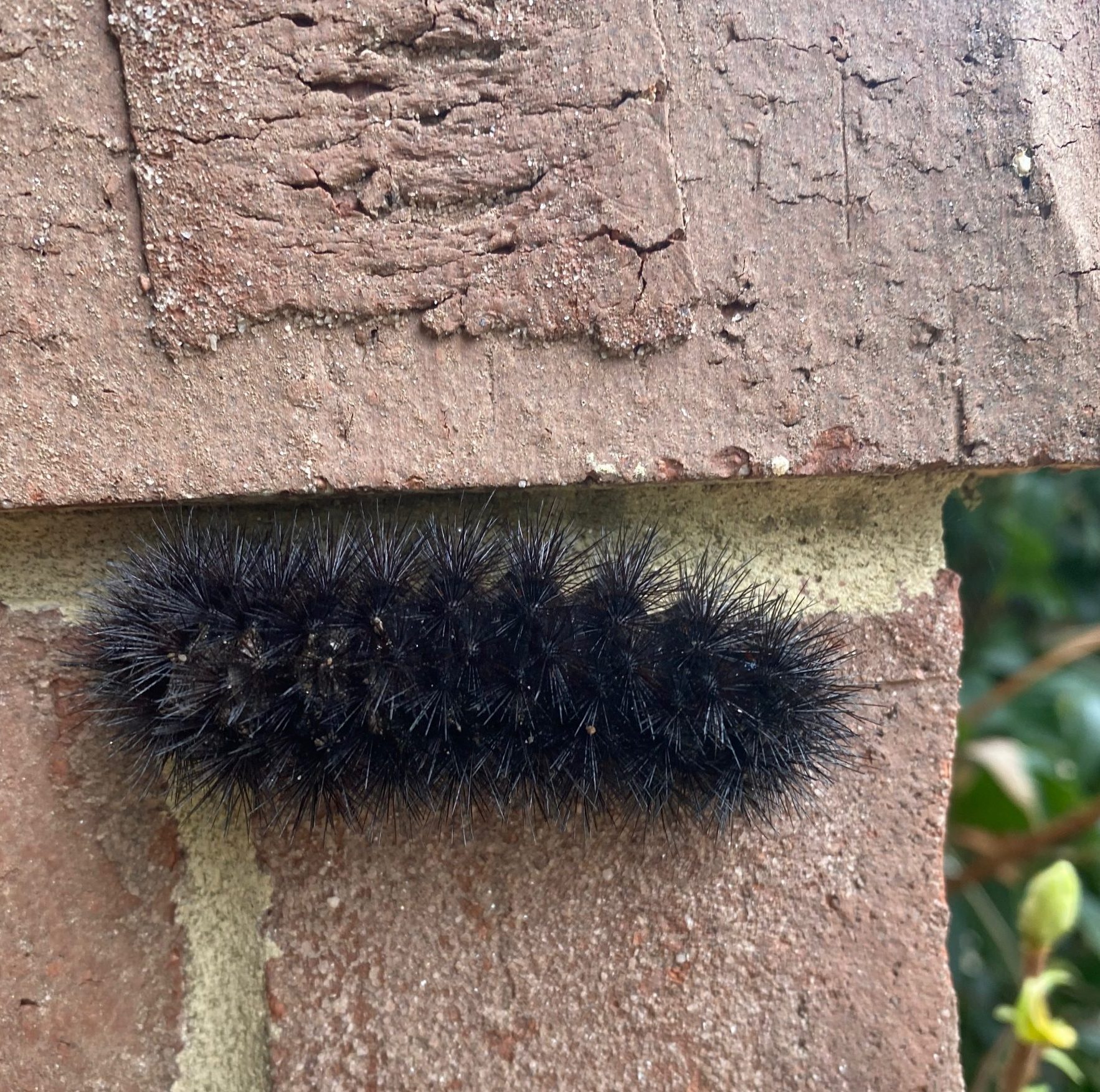

“The woolly bear is so beloved by children and adults that it provides a universal childhood connection to nature,” said Dave Anderson, senior director of education for the Society for the Protection of New Hampshire Forests. When I told my 10-year-old I was writing about woolly bears, she let out an “AI think it’s the woolly bear’s setae – the black and rusty-brown bristles that look like fur – that have won her over. With their name and fuzzy appearance, they are, perhaps, among the most adorable of bugs. Woolly bears are the larvae of the Isabella tiger moth ( Pyrrharctia isabella), although the caterpillars seem to get all the love.

Wait – a caterpillar that hibernates? Turns out the black bears aren’t the only ones bulking up for the coming winter and looking for a place to hunker down through the snowy season the woolly bears are, too. “It starts well before they hibernate, so it may be connected to finding food sources.” “The purpose for their wanderings is not clear,” said Jack Layne, a biology professor and woolly bear researcher at Slippery Rock University in Pennsylvania. Where that is – and how they know – is a mystery.

These fuzzy, black-and-brown-banded caterpillars seem intent these days to get somewhere. Last week I found a woolly bear curled up in a shoe I’d left on the front porch. Woolly bear caterpillars seem to be everywhere these days – creeping across the lawn, along the road when I’m walking the dog, hidden in the wilted cut-back of the perennial garden.


 0 kommentar(er)
0 kommentar(er)
